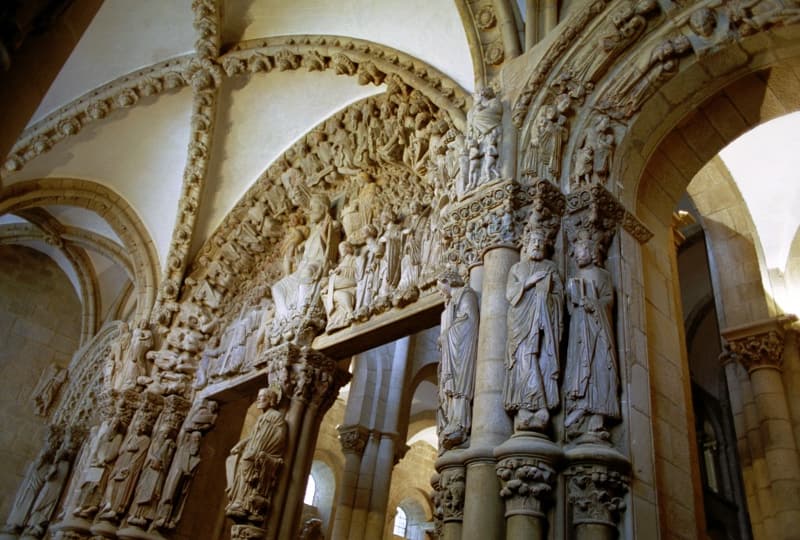Rise and decline of a historiographical theme: What is the history of mentalities?
The notion of mentalities—used more commonly in the plural than in the singular—acquired significant diffusion and importance within the Western academic world throughout the seventies and eighties of the 20th century.





